
Research
Interaction of Ionosphere, Thermosphere and Magnetosphere
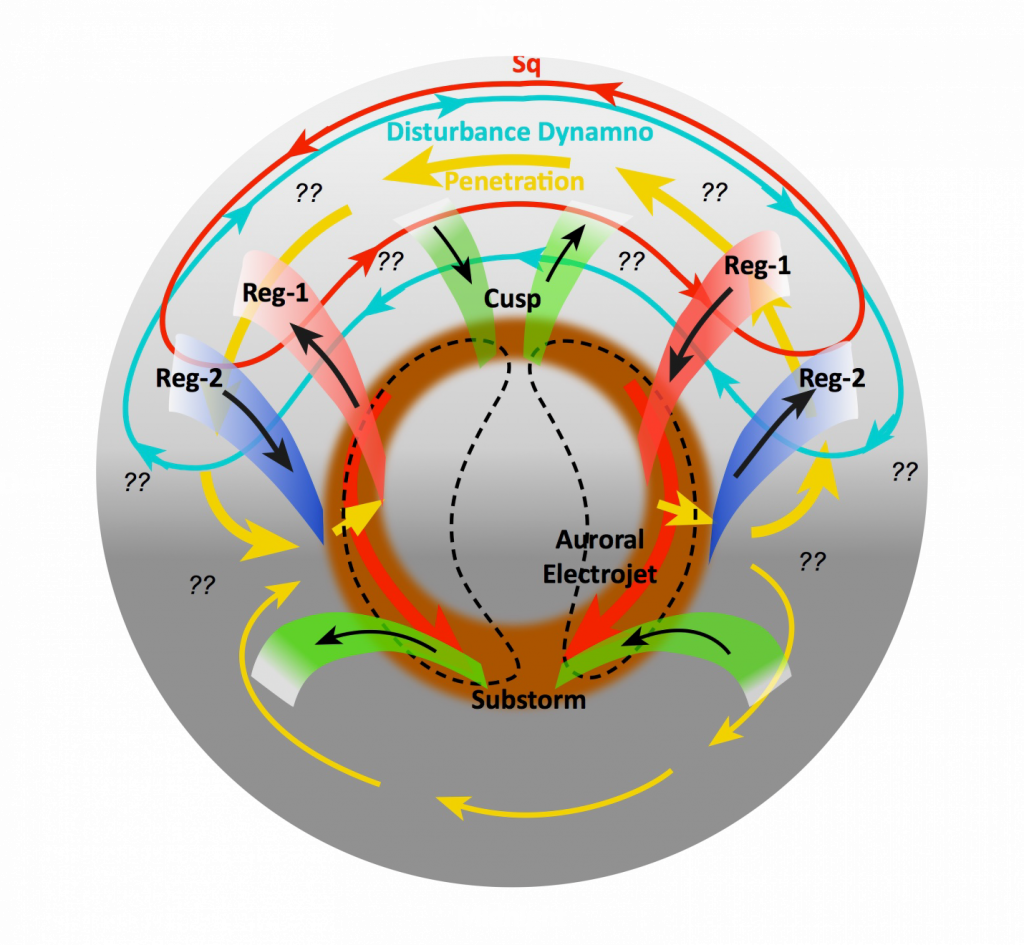
Our team is involved in interpreting observations of electrodynamic coupling between the charged and neutral particle environments of the upper atmosphere and magnetosphere.
People: Anderson, Heelis, Yun-Ju Chen, Hairston, Rodrigues, Valladares
Space Instrumentation and Data Analysis
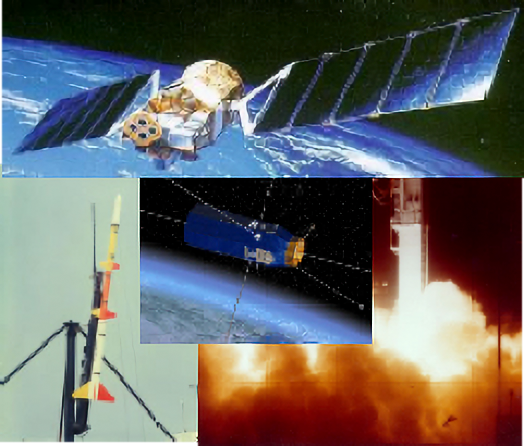
Our team is involved in interpreting observations of electrodynamic coupling between the charged and neutral particle environments of the upper atmosphere and magnetosphere.
People: Anderson, Heelis, Yun-Ju Chen, Hairston, Rodrigues, Valladares
Upper Atmosphere Remote Sensing
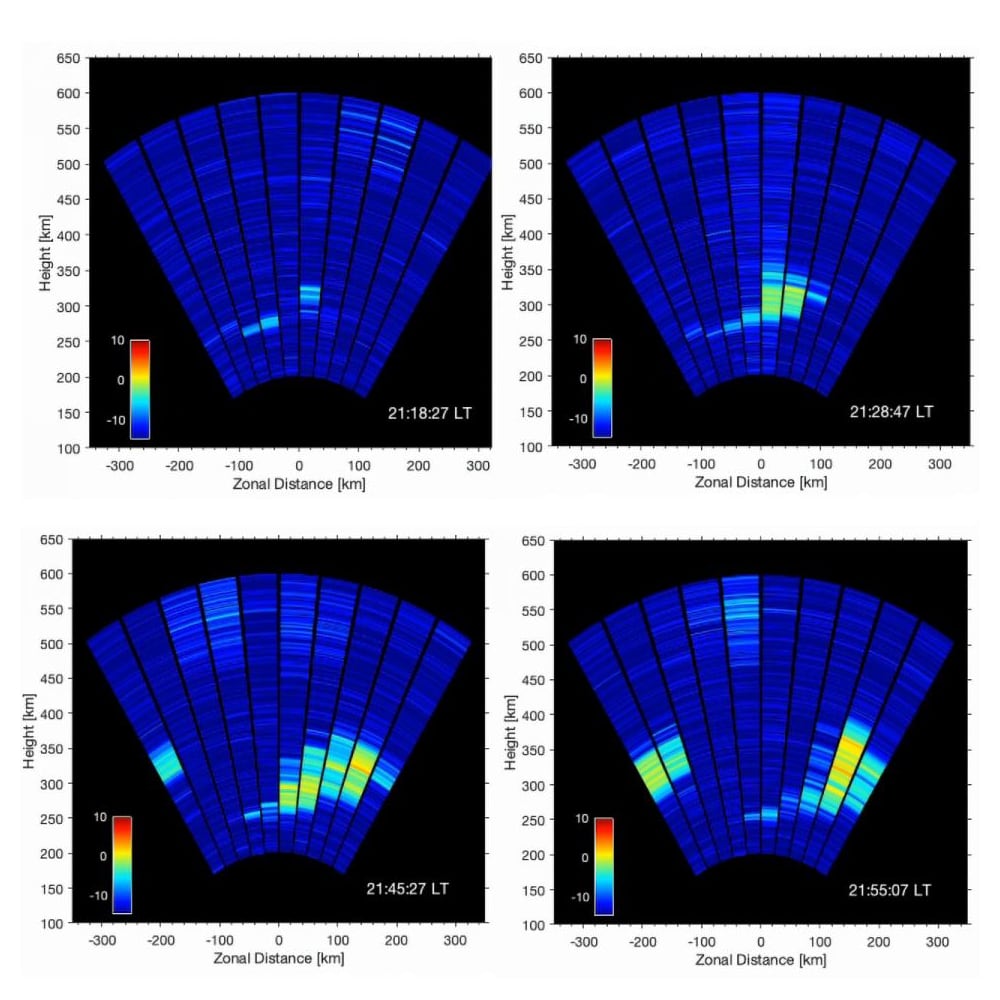
Research focuses on fundamental and applied experimental studies of the Earth’s upper atmosphere using various types of instruments, ranging from small, easy-to-deploy passive radio sensors to extremely large, powerful radar systems. Investigations using satellite observations and numerical models complement these activities. Learn more about the Upper Atmosphere Remote Sensing Lab.
People: Rodrigues
Magnetospheric Phenomena
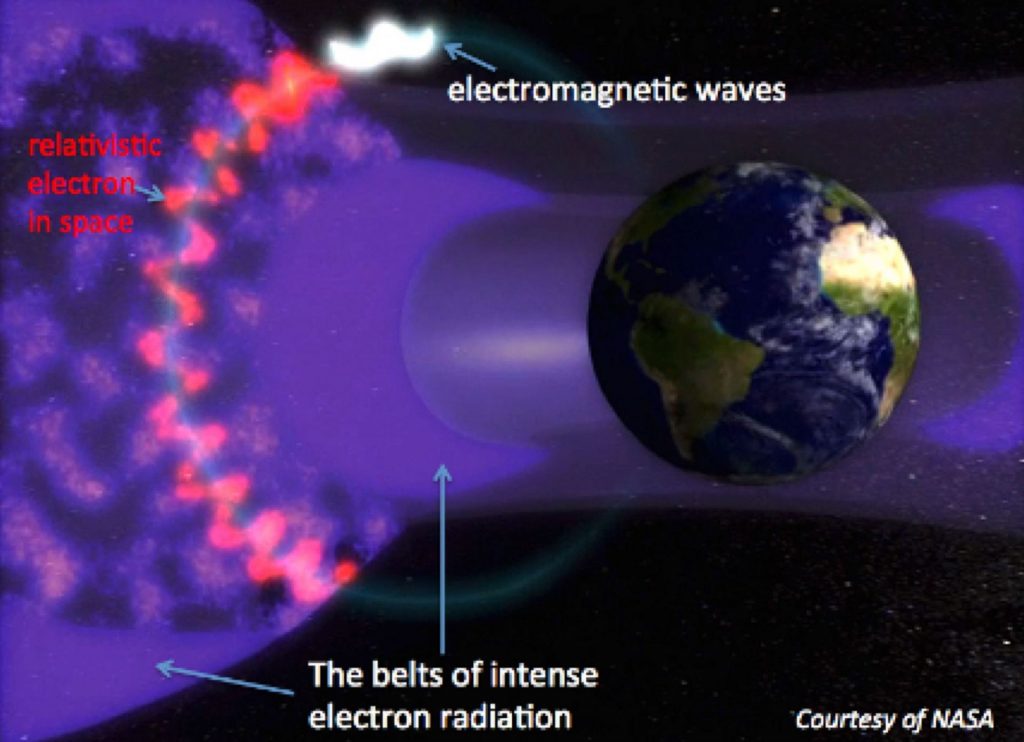
Our team is involved in the modeling and observation of primary wave-particle resonant interactions. This ubiquitous physical phenomenon leads to the exchange of energy and momentum between natural plasma waves and charged particles in the magnetic envelope of the Earth.
People: Lunjin Chen, Xia, Zhang
Multi-Scale Sensing Systems
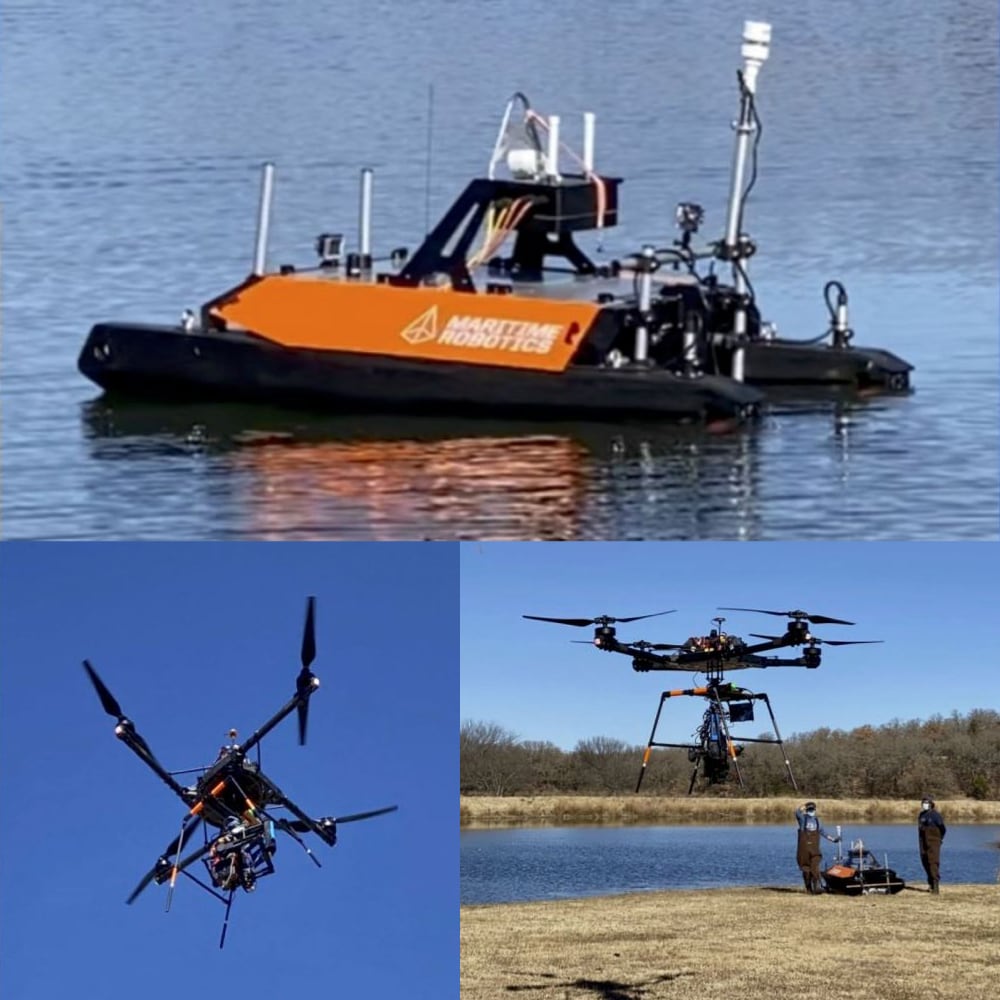
Our multi-scale sensing applications range from global satellite observation to autonomous robotic teams. Sensors can be deployed at scale across dense urban environments or worn by individuals. Key is the use of machine learning in multiple contexts to create calibrated, software-defined sensors and data products.
People: Lary
Distributed Observatories
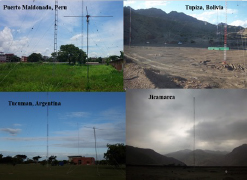
We manage the low-latitude ionospheric Sensor Network (LISN) observatory. LISN aims to investigate the complex day-to-day variability and the extreme state of disturbance in the equatorial ionosphere nearly every day after sunset. The LISN observatory provides real-time measurements (nowcast) to the space weather community.
People: Valladares